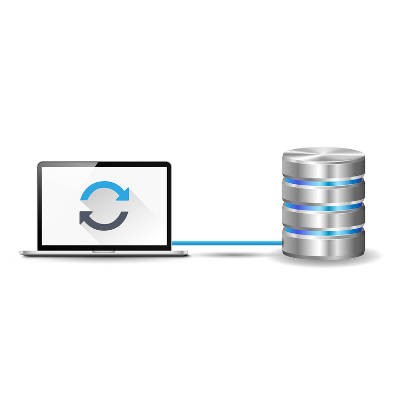Directive Blogs
Why You Need To Know Why Sync, Backup, and Storage Are Different
There are quite a few cloud solutions for file management out there, each offering something that sounds slightly different...but how different are they, really, and which would be of most use in your business? We’ll examine your options to find out.
Cloud Sync
Cloud sync services simply allow you to access files and documents across devices by accessing a cloud-based folder. This allows you to work on a document at your desktop and then access it via your mobile device to continue working on it, with all of your progress saved to the cloud. However, if a mistake is made to the file, that mistake will carry over to other versions as well.
Cloud Backup
These services work automatically, saving your data to a secondary location in the background and updating it whenever a change is made to the original. Unlike tape backup, cloud backup doesn’t require an employee to manually change tapes, and the data is automatically stored off site. Retrieving your data from a cloud backup is dependent on your Internet bandwidth, but even then it could be faster than tape. Plus, if you need all of your data fast, it could be encrypted and stored on a hard drive and overnighted to your location. A good cloud backup solution also allows you to return to a previous version of your data in case of data loss.
Cloud Storage
Cloud storage is precisely what it says on the box--storage in the cloud. Many cloud syncing and backup services rely on some form or another of cloud storage to deliver their offerings. Since these services are geared to be durable and available for the majority of the time, data could potentially be kept exclusively on a cloud storage solution (depending on the situation, we may or may not recommend this approach without replication of your data).
How Your Cloud Strategy Should Be Shaped
You should never have fewer than two separate instances of your data, but we recommend three. We recommend that all of your critical information be kept off of your workstations, and instead be stored on a centralized server as well as an onsite backup device. Finally, that backup device should push the data securely to the cloud. This ensures that you will be able to access your data by some means, regardless of the circumstance.
For more help in implementing a cloud strategy, reach out to the professionals at Directive, by calling 607.433.2200.


